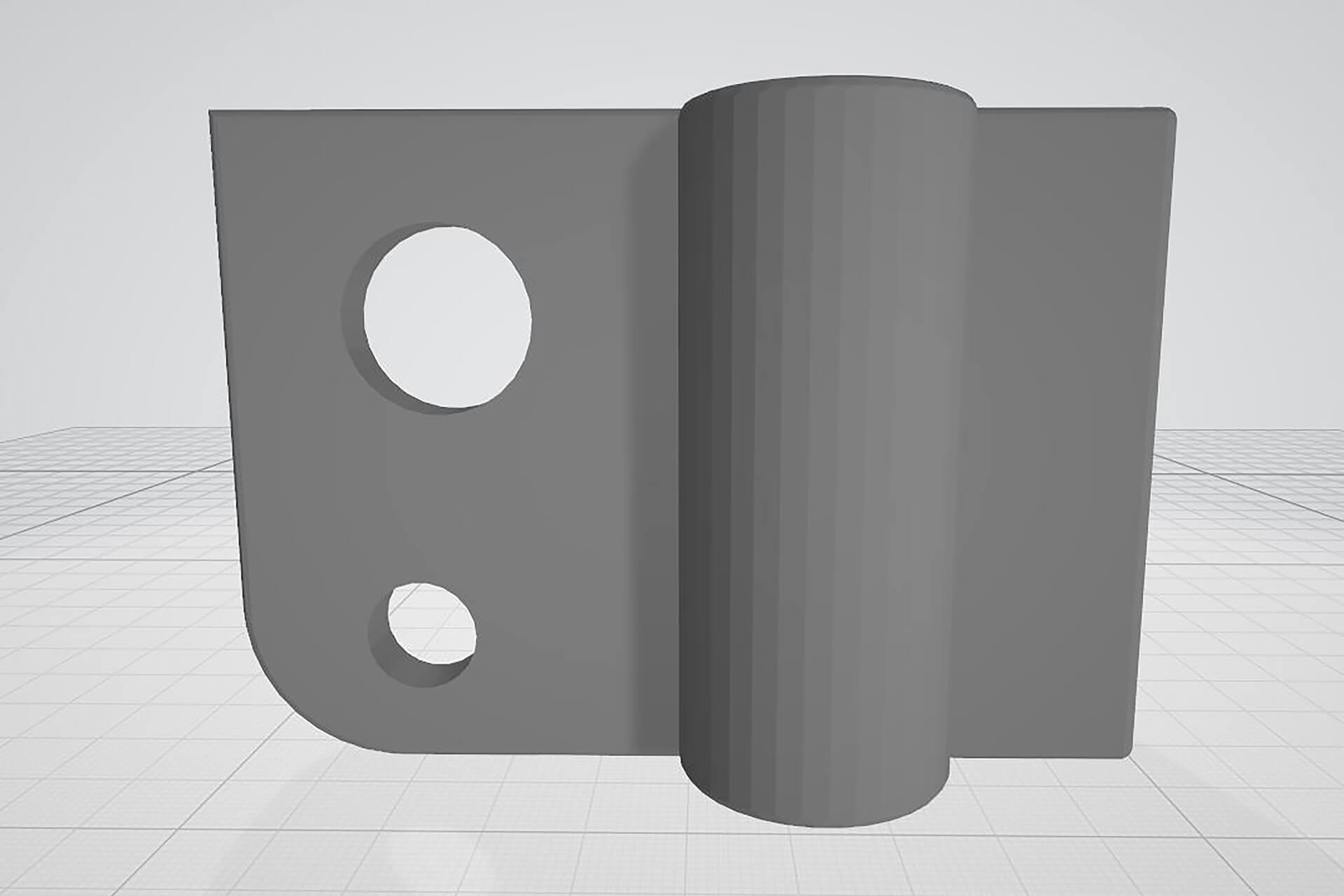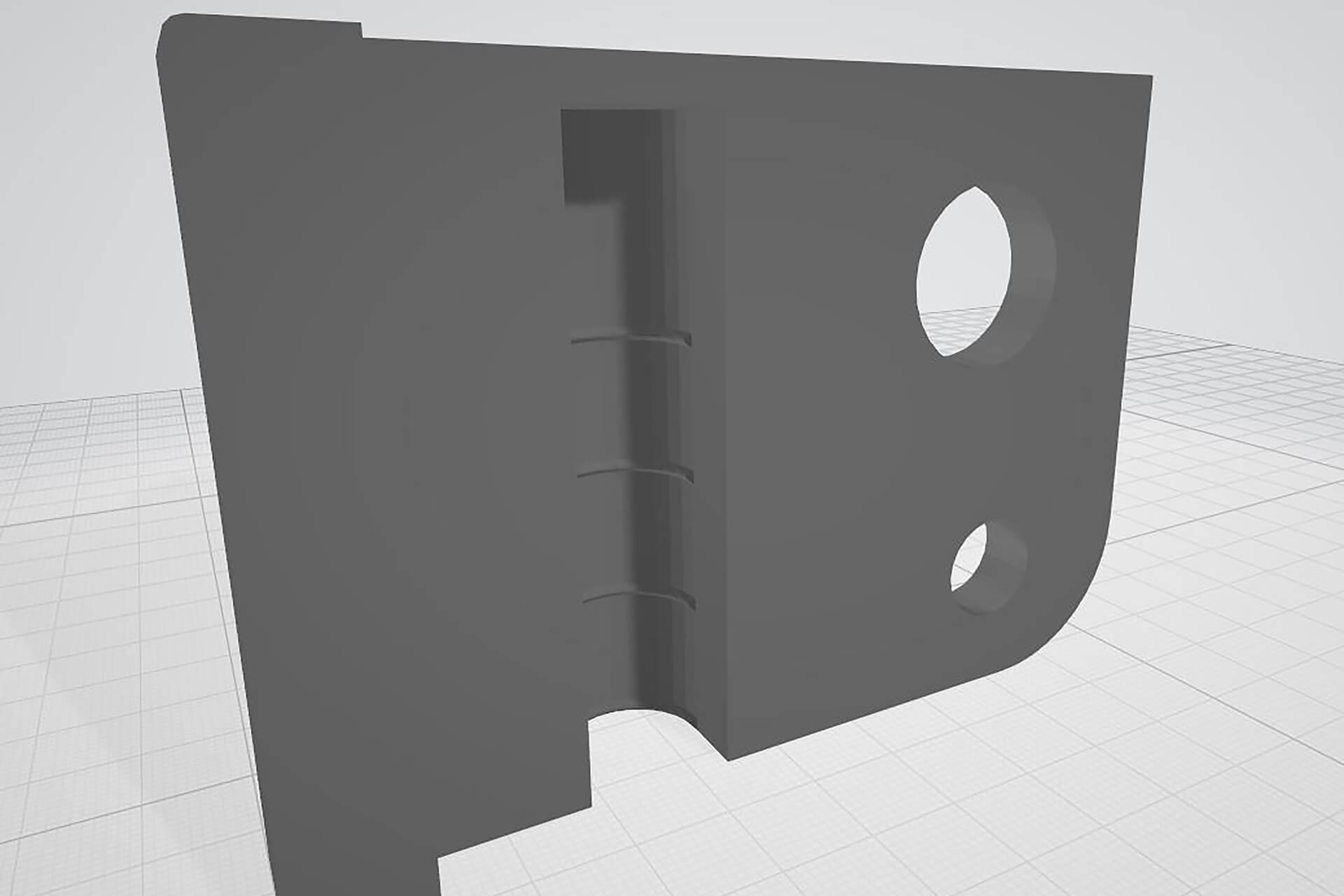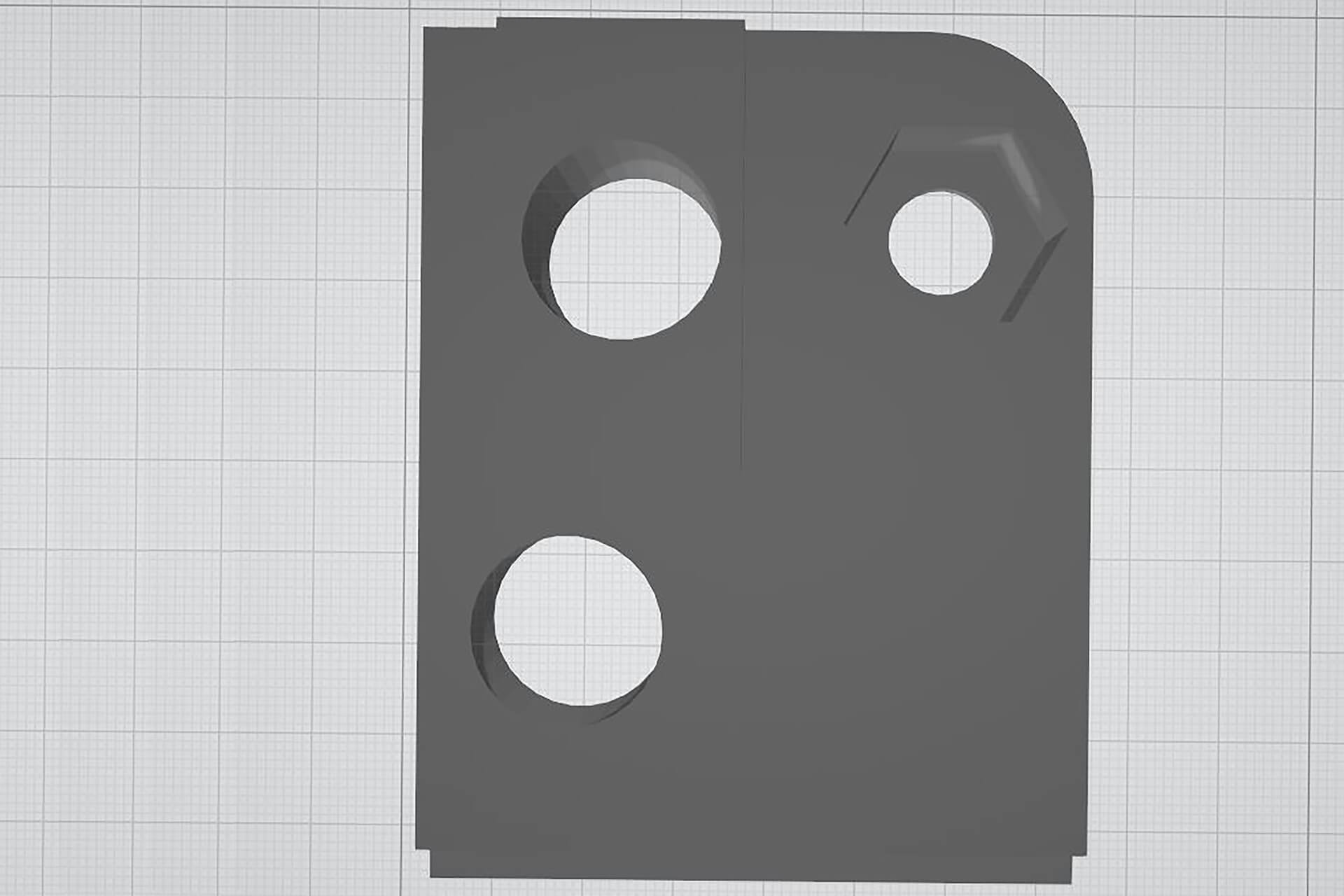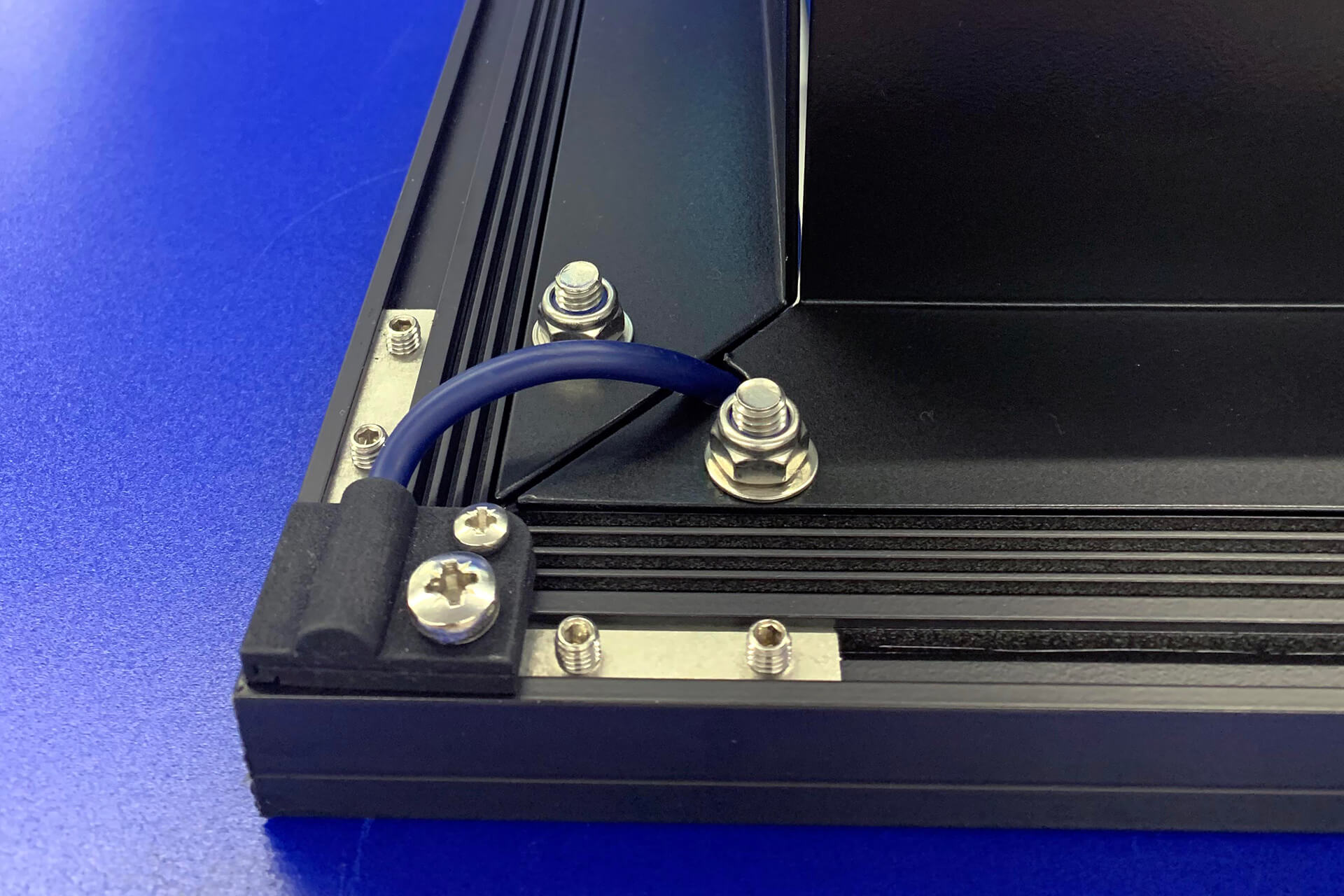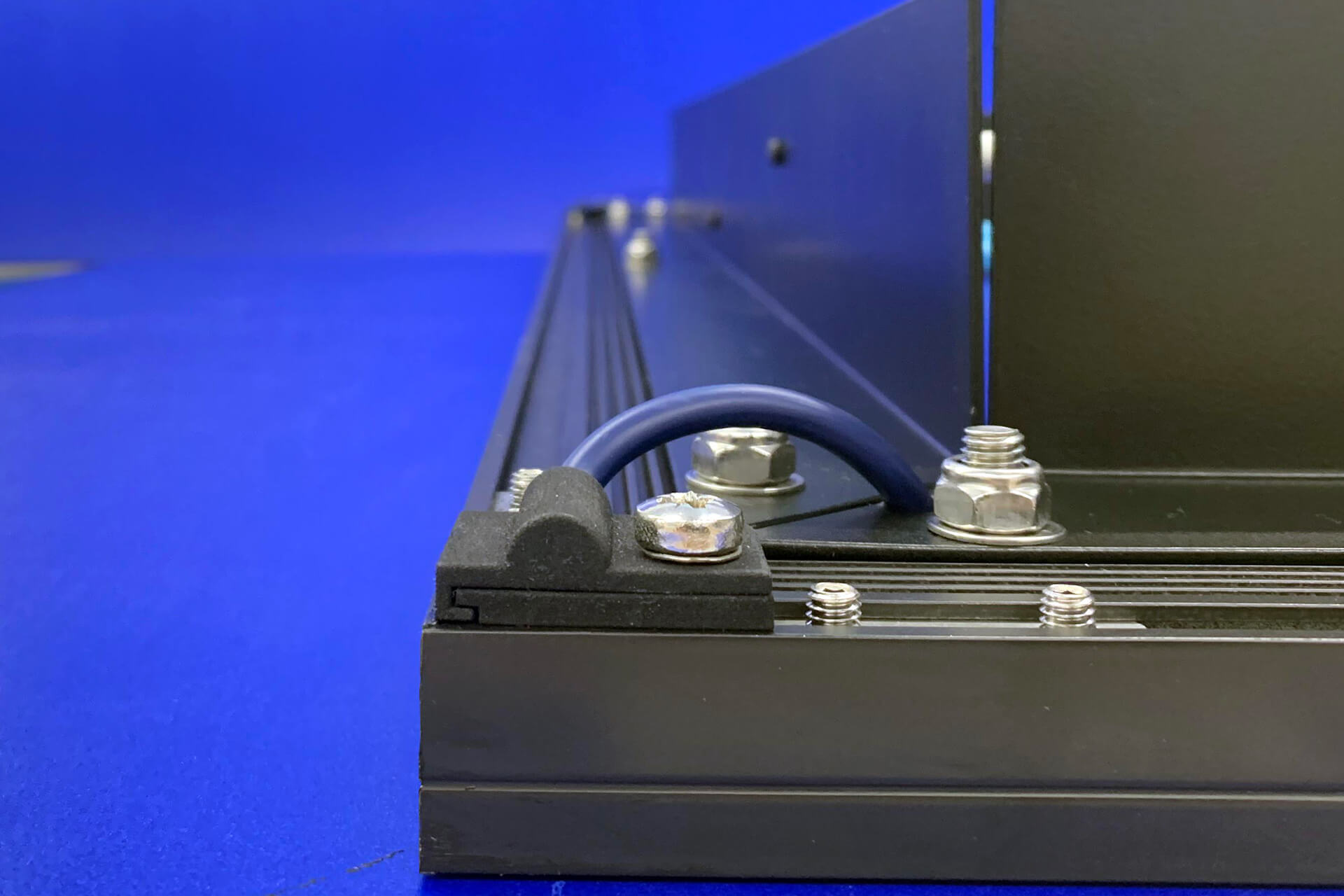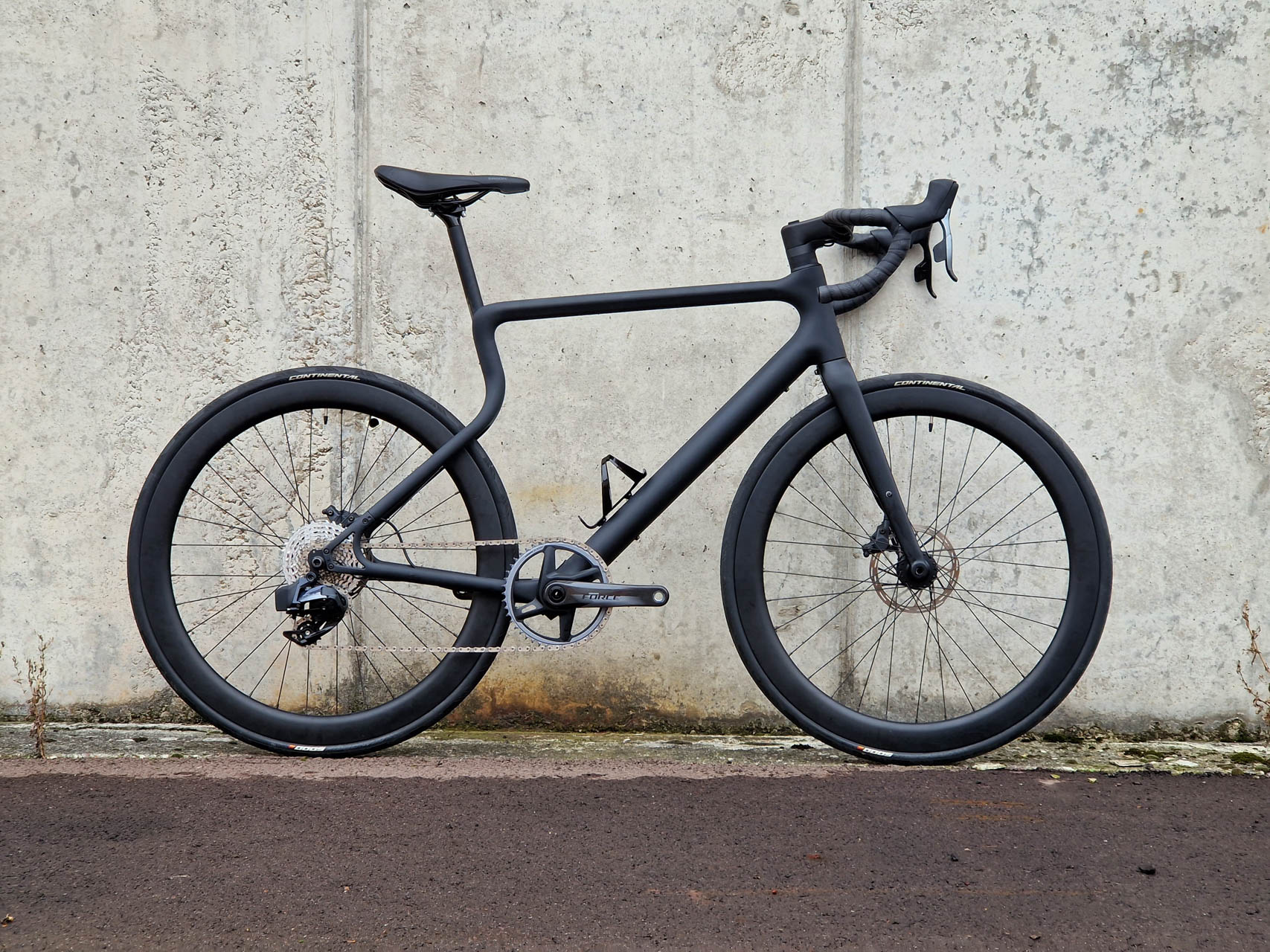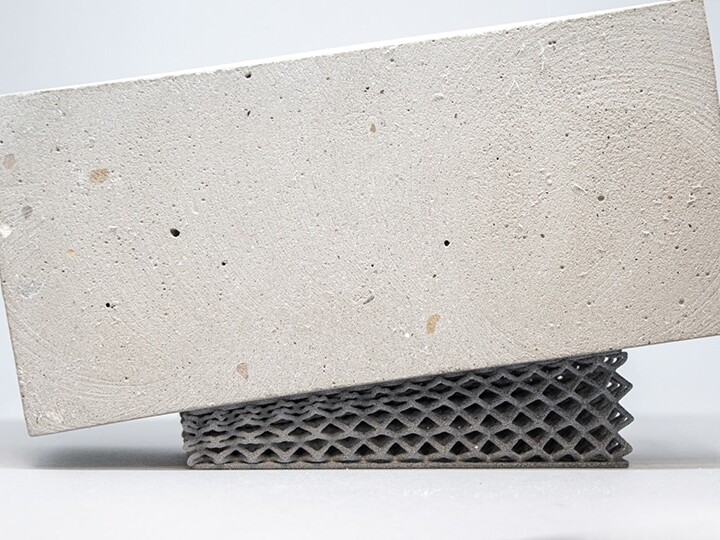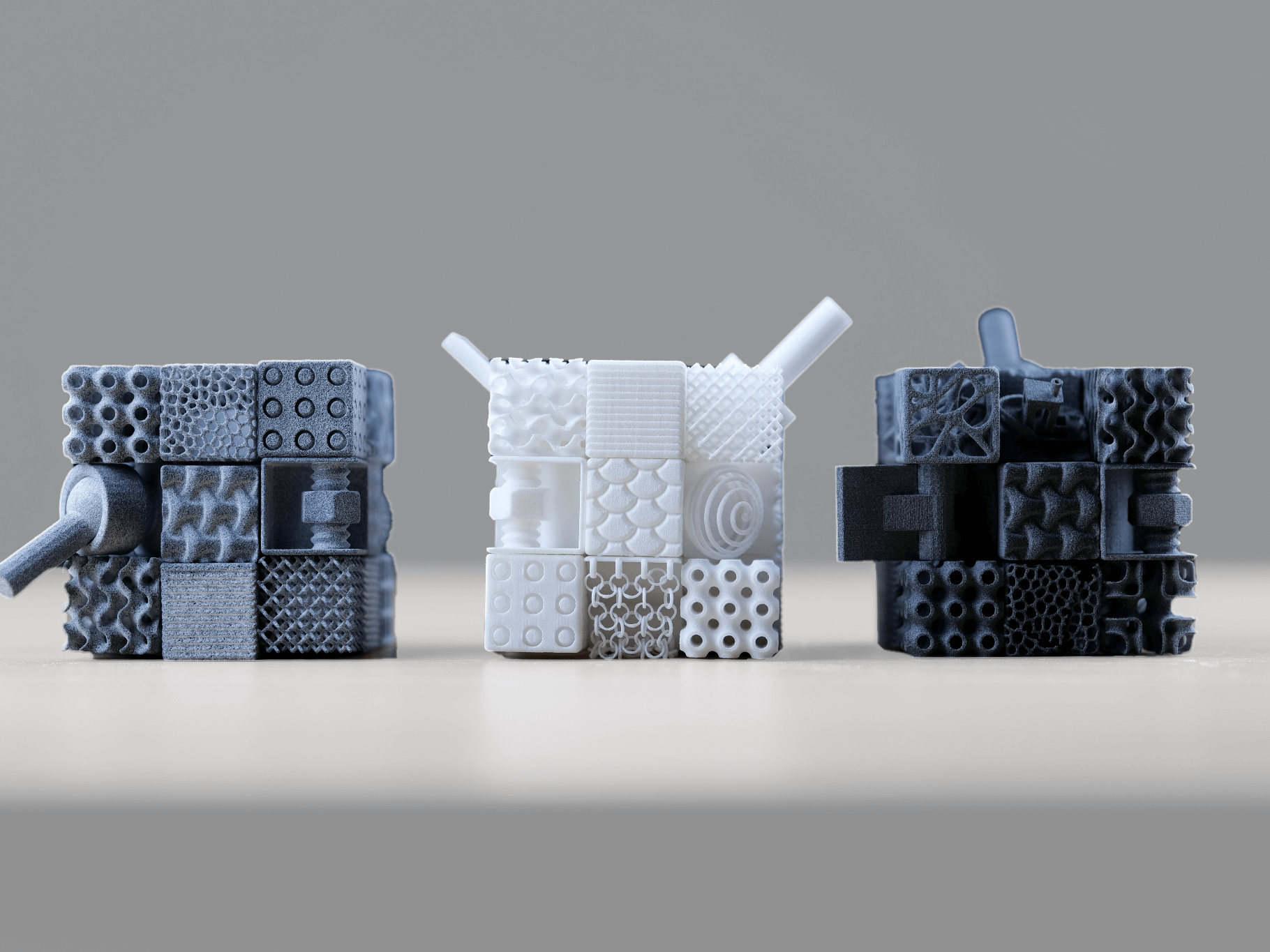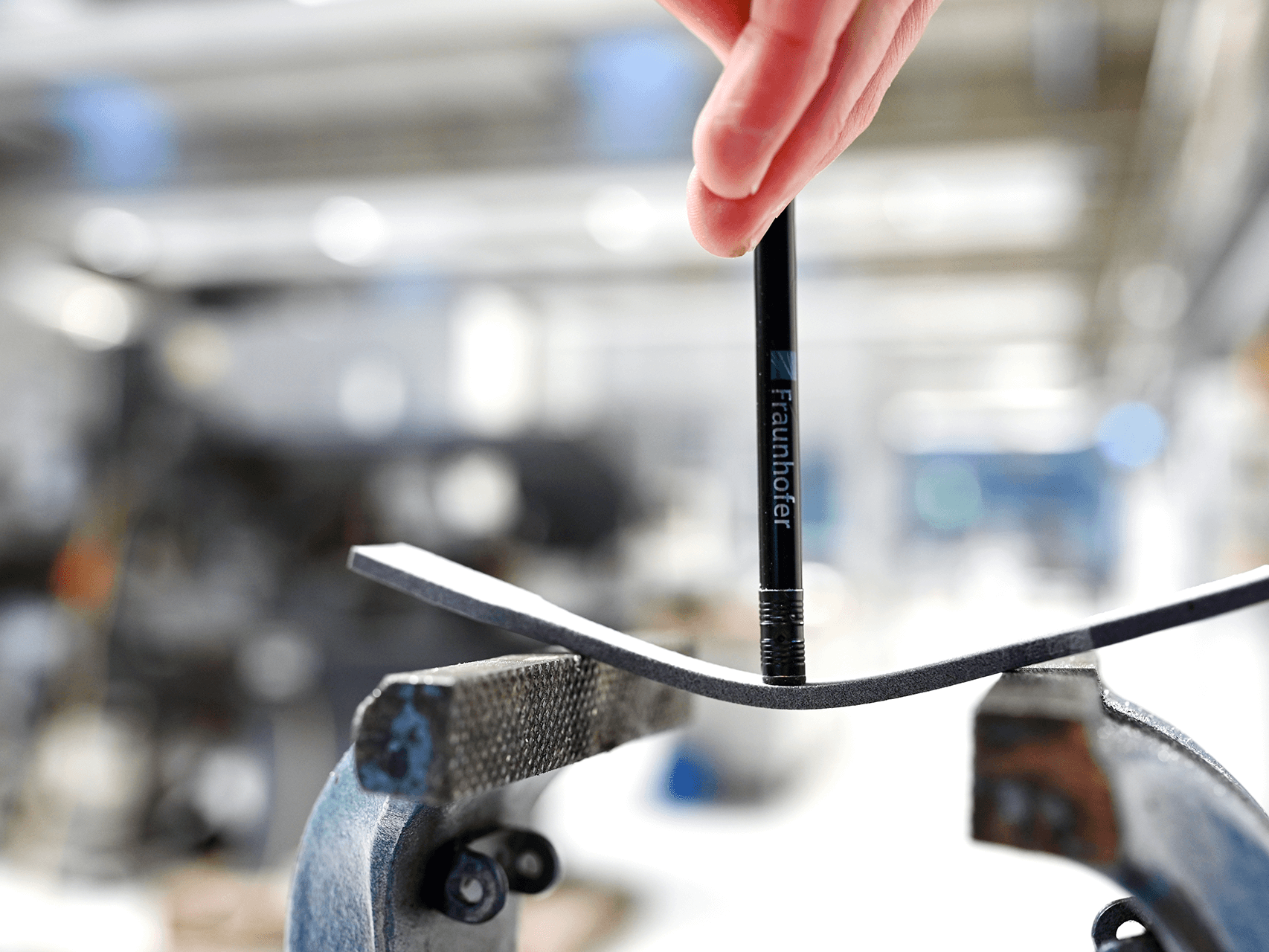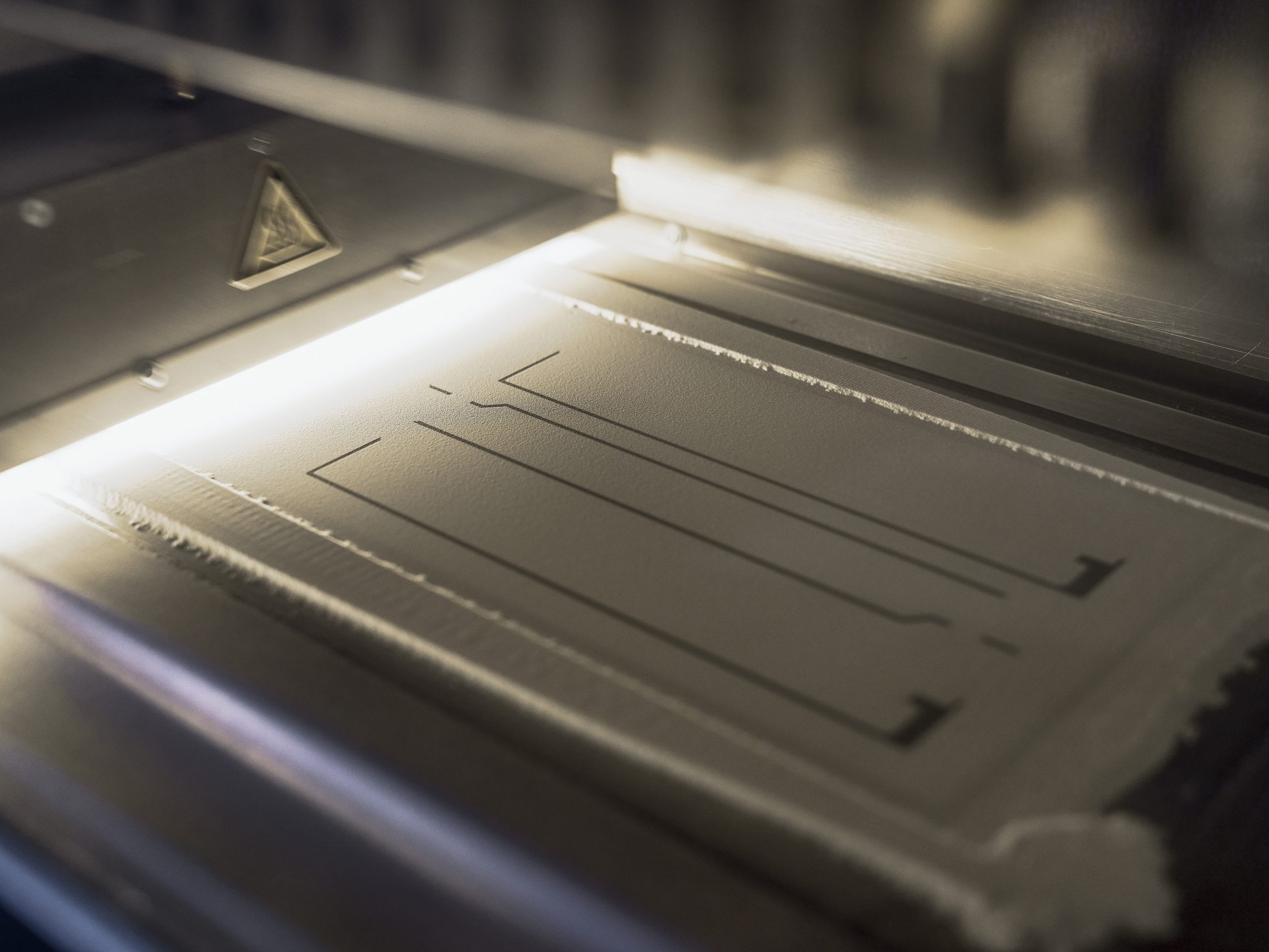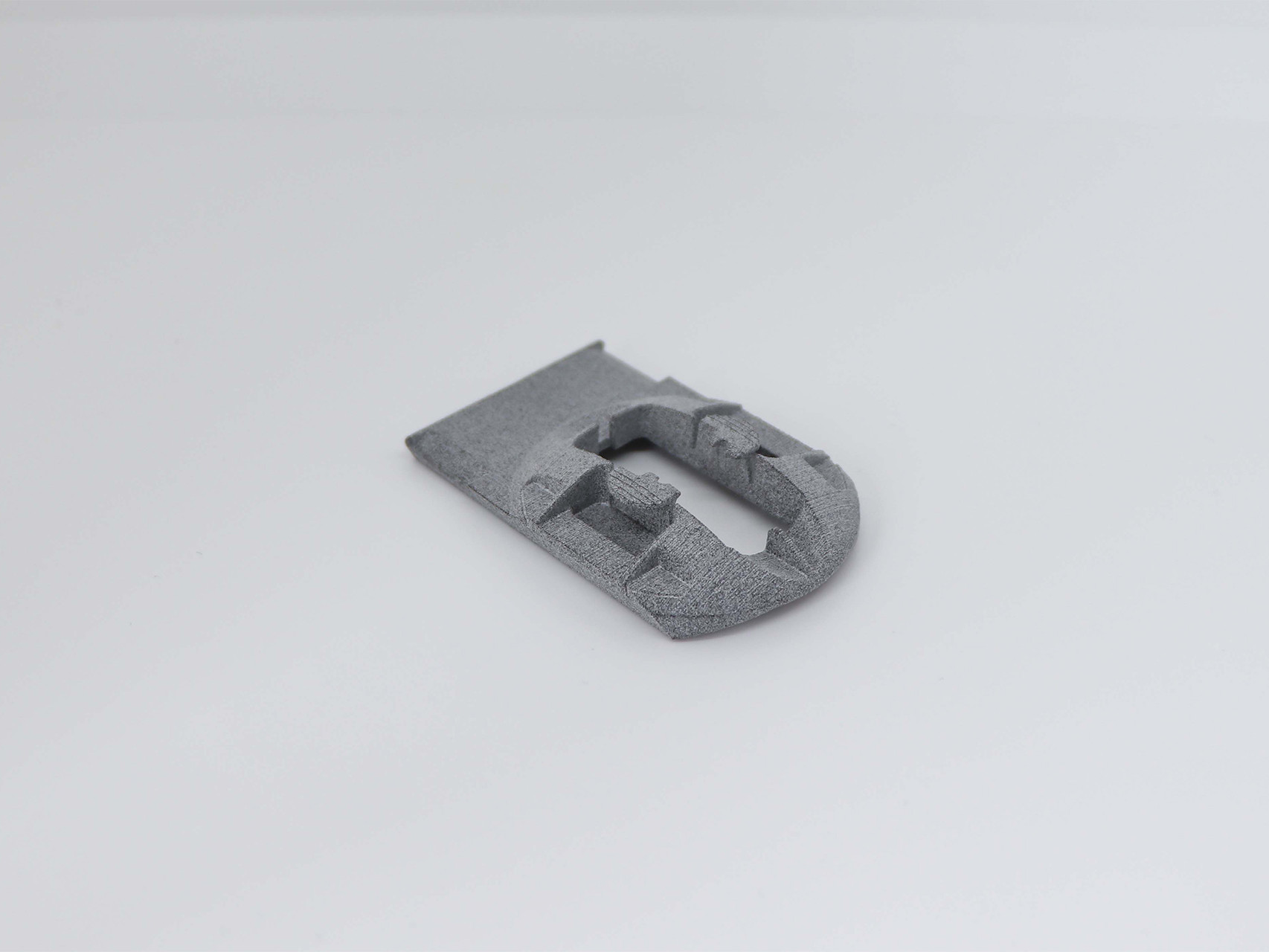- Home
- Case Studies
- Consumer Goods
- Additive polymer part production 3D printing stings injection molding
3D printing overcomesinjection molding, evenin series production
voxeljet service center for additive manufacturing: 500 cable clamps in just one job box. The British LED solution provider Spanlite manufactures customised LED lighting.
To optimise the cable management of its LED panels and reduce cable damage, the manufacturer required a two-piece interlocking cable clamp. As a first step, Spanlite wanted to produce a prototype for functional evaluation. For this reason, Spanlite turned to the 3D printing specialists at voxeljet UK.
With its 3D Polymer High Speed Sinterering (HSS) technology, the company offers the right solution for the rapid and cost-effective additive production of functional prototypes from polymers. For the Spanlite parts voxeljet’s HSS technology was both cost effective and functionally competitive against any other manufacturing processes include alternative additive manufacturing technologies and injection moulding! For this reason Spanlite chose to enter into a series production agreement with voxeljet to produce all their cable clamps. This has enabled Spanlite to remove any investment in tooling, to be flexible in both design improvements and supply quantities and timings.
High Speed Sintering process: 3D printing for finest structures
The HSS process is a sintering technology in which a powder material – in this case polyamide 12 – is selectively fused. To achieve this, the recoater applies hair-thin layers of powder material to the building platform, which are then selectively jetted by the print head with an infrared-absorbing ink. By irradiating the layers with infrared light, the ink-printed areas fuse together, while the unprinted powder remains loose. These steps are repeated until the component is built up. In practice, several components are usually produced in a single job box to achieve maximum production efficiency.
In the case of Spanlite, the focus was specifically on edge-lit functional walls and individual LED lighting panels for the hospitality, commercial and high-end residential markets. The aim was to improve the lifespan and durability of the lighting panels. The two-piece interlocking cable clamp guides the cable through a 90 degree bend within the assembled housing, reducing the tensile load on the cable while providing protection from sharp metal edges of the outer aluminum extrusion.
No contradiction: Cost-effective production and 3D printing
The final design has been developed using additive manufacturing and the component is required in quantities far in the thousands, manufacturers often focus on conventional manufacturing methods such as injection molding. However, voxeljet can compete with its HSS process, as the Spanlite case proves. Spanlite needs around 8000 such cable clamps to cover its annual requirements. Due to their small size and despite the relatively low level of complexity of the components, the clamps can be manufactured more cost-effectively using the HSS process than with alternative 3D printing technologies or conventional manufacturing methods.
Because the VX200 HSS 3D printer from voxeljet can produce around 500 cable clamps in just one job box. Spanlite handled the production via voxeljet’s HSS on demand service. At its Friedberg service centre, the 3D printing expert now also offers full-service production of polymer components including surface finishing and colouring.
Additive manufacturing offers advantages in design and series production
We were impressed by voxeljet's technical expertise and responsiveness from the very beginning. After a short test phase to perfect the design and function, we were quickly able to move on to full production and assembly. And we are sure that the clamps were just the beginning. We are already identifying new components suitable for 3D printing. The technology offers us various advantages both in the design and in the production of the components we need. We are excited to see where the journey will take us.
Adrian Bowker, Managing DirectorSpanlite
The first challenge was to define the correct dimensions to achieve the right clamping force for the cable used. This project phase involved various design iterations of the component until the LED manufacturer had developed a suitable component geometry in close cooperation with voxeljet. Such development and production of an initial prototype can take weeks using conventional methods.
Webinar: HSS 3D printing
In this workshop we will present our HSS technology in detail: From open source conception to scaling and production possibilities.
However, thanks to the HSS process, Spanlite was able to produce and test different prototypes of the clamps simultaneously to determine the appropriate final design. It also meant that there was no need to test parts “off tool” as the prototyping process is exactly the same as the production process. A further challenge was that the clamps have to meet high mechanical loads, especially when they are plugged together.
he beauty of 3D printing from voxeljet for us was that not only could an initial requirement, the cable strain relief, be met, but that we could also integrate additional shapes and functions into the component without incurring additional costs.
Adrian Bowker, Managing DirectorSpanlite
The benefits of 3D printing in terms of geometric freedom, rapid prototyping and product customization are already widespread and well known. However, 3D printing also offers a good production alternative for components that at first glance appeared visually and geometrically trivial. So it doesn’t always have to be complex or seemingly paradoxical geometries. Even with simple components, 3D printing is pushing the limits of what is constructively possible further and further, and in doing so initiates a change in constructive thinking.
Further Case Studies
3d printed joysticks for tractors and machines
For Lindner Traktorenwerke, 3D printing is already an alternative to injection molding. For example, for customized joysticks and control elements for their tractors.
URWAHN – 3D printing in bike manufacturing
To produce its e-bikes, URWAHN has focused on reshoring and lean management and is achieving these goals through additive manufacturing. Learn what role the voxeljet technology plays.
HSS Material Network – Proof of Concept TPU Launhardt
The HSS Material Network has published a new proof of concept. The TPU from the manufacturer Launhardt is one of the softest on the market.
Industrial Polymer 3D Printing Review: An extensive comparison of voxeljet HSS, HP MJF, and SLS
Whats the difference between HSS, MJF and SLS polymer 3D printing? Get to know the three main AM technologies for polymers in this extensive comparison.
HSS Material Network – Proof of Concept HDPE
Together with Fraunhofer IPA we have qualified the polymer HDPE for additive manufacturing within our HSS Material Network.
HP Multi Jet Fusion and voxeljet High Speed Sintering in comparison
The 3D printing processes MJF and HSS in comparison: Where are the differences and advantages for users?
Polymer sintering in custom mechanical engineering
With High Speed Polymer Sintering, prototypes can be realized much faster and economically viable.
3D Printing Solutions
Would you like to learn more about voxeljet and 3D printing? Click here for the entire voxeljet solution portfolio.



















